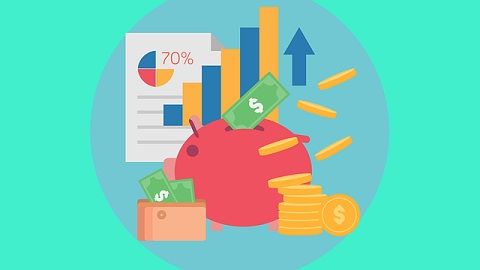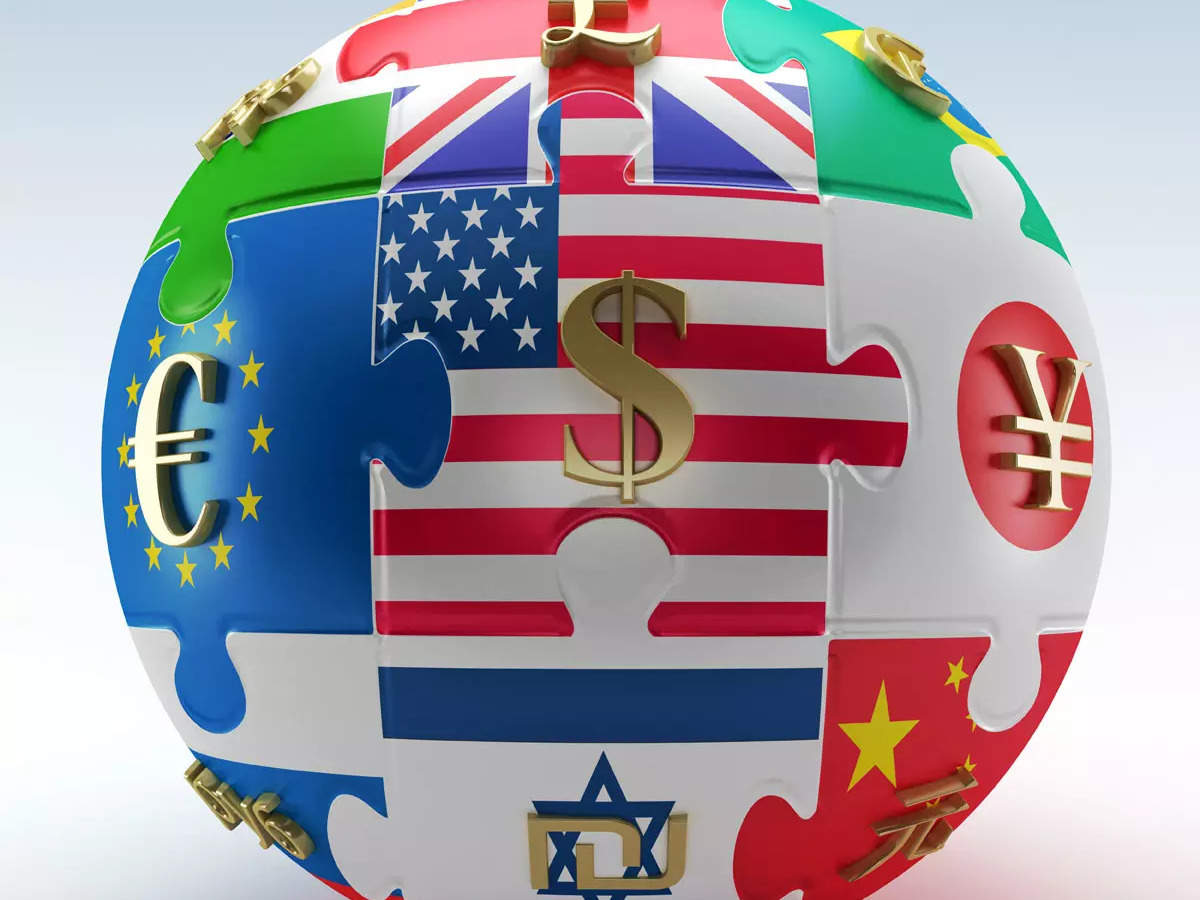Despite a slowdown, the world economy appears to be doing better than anticipated.

As 2022 draws to a close, the global economy has continued to decline, but not as drastically as experts had initially anticipated, boosting the prospect that the world economy may not experience a severe downturn in 2019. The main economies in the U.S. and Europe had output drops in November, according to business surveys issued on Wednesday. In spite of high inflation and rising interest rates, several aspects of both economies continue to exhibit resilience, according to the data and other economic indicators.

Due to a spike in Covid-19 instances, China, the country with the second-largest economy in the world, is experiencing a very uncertain future. Economists predict that growth will increase in 2019 as Beijing seeks to ease its harsh pandemic regulations. The United States’s tight labour market and still strong household balance sheets underpin consumer spending, the main engine of the economy.
Strong consumer demand in October bolstered retail sales, and in the biggest economy in the world, this trend may continue until the end of the year. The Federal Reserve is raising interest rates in an effort to lower inflation, which is approaching a 40-year high and will affect how the US performs.
Economists claim that Russia’s decision to limit energy supplies has had less of an impact on Europe’s economy than previously thought. Adam Posen, director of the Peterson Institute for International Economics, claims that many local businesses and residences are adapting by, for instance, consuming less electricity. He pointed out that European governments have also given households greater-than-expected amounts of fiscal assistance to help them cope with the growing costs of food and energy.
According to Mr. Posen, the world economy as a whole will eventually be operating rather well in more than 75% of cases. As early as the fourth quarter of 2023, growth might restart in the United States and the European Union, where “relatively minor recessions that don’t last very long are predicted to occur.”
Many developing countries continue to fall behind. The World Bank’s president, David Malpass, has previously warned that measures taken by industrialised nations to tackle inflation and the global economic downturn may reduce the amount of money available for poor nations.
S&P Global reported that the U.S.’s composite output index, which measures both manufacturing and service activity, fell to 46.3 in November from 48.2 the previous month, one of the fastest declines since 2009. An index below 50 indicates declining economic activity, while one above 50 indicates expansion.
According to Chris Williamson, a chief business economist at S&P Global Market Intelligence, “companies are experiencing significant headwinds from the rising cost of living, tightening financial conditions—notably higher borrowing costs—and weakening demand across both home and export markets.” However, American firms indicated that November saw a reduction in inflationary pressures as a result of falling material and shipping costs.
Surveys of buying managers at European firms, which revealed another month of decreased activity in November, made clear the financial consequences of increasing energy costs. S&P Global said that although the eurozone’s composite production index rose to 47.8 in November from 47.3 in October, it still fell short of the 50-point mark that marks the transition between a recession and an expansion.
The future of the world economy is still somewhat hazy. How soon inflation declines is one of the main issues in the United States. The rate at which it does so will influence how high and for how long the Fed raises interest rates. This year, the central bank increased interest rates at the quickest rate since the 1980s. Numerous economists predict that higher borrowing costs will reduce spending more severely in the upcoming months, endangering U.S. growth.
According to minutes of the policy makers’ November 1-2 policy meeting, the Fed staff viewed a U.S. recession next year as “almost as likely” as their initial forecast for this month’s modest growth. That signified a reduction in the economic outlook due to the tightening of financial conditions that had occurred this fall. The economies of Europe will experience the toughest economic challenges in the coming months. One of the last remaining channels for Russian gas to reach Europe was threatened on Tuesday when the Russian natural gas giant Gazprom PJSC vowed to further restrict deliveries to Europe via Ukraine starting next week.
The predicted recovery in GDP in China for the upcoming year depends on a relaxation of Covid-19 limitations, but the current spike in infections raises concerns about how fast that may happen. According to Magdalene Teo, head of fixed income research at Julius Bär in Asia, “This fine-tuning of its Covid-19 policy is now being challenged as cases continue to grow, notably in its industrial heartland of Guangzhou.” “China is recognising it won’t be simple to reopen this winter.”
Numerous experts anticipate a 2% increase in global production in 2019. That would represent a severe slowdown from this year and considerably below the 3.3% average seen in the ten years before the Covid-19 outbreak, but it would still result in a modest increase in output per person. Economists are hesitant to predict a global recession even though many of the richest nations in the world anticipate a weak start to 2023.
Despite the fact that we do not officially predict a worldwide recession from a strictly technical standpoint, Marcelo Carvalho, global head of economics at BNP Paribas, predicted that a significant portion of the global economy will experience one. In real terms, this means that the hardship that many countries, companies, and consumers have faced this year—with notable regional variations—is still ongoing.
Next year, the United States is predicted to make just modest increases. The United States’ economic production is predicted by the Organization for Economic Cooperation and Development to expand at a 0.5% annual pace in 2023, down from a projected 1.8% in 2022.
According to a survey of economists by the Wall Street Journal, the gross domestic product of the United States will increase at an annual rate of 0.4% in 2023, and there will probably be a recession the following year. It appears that Europe will dodge the harshest effects of energy interruptions. Energy rationing in Europe’s factories is less likely thanks to a warm October and ample gas reserves. As a result, Barclays economists predict a 1.3% decline in the country’s gross domestic product, which is less than their worst-case forecast of a 5% decline.
Economists cautioned that the global economy remained in a hazardous situation despite the prospect that things could start to get better next year. Alvaro Pereira, acting head economist of the OECD, stated that “the chances that things may go wrong are growing compared to where they were in the preceding few months.”
Edited by Prakriti Arora


